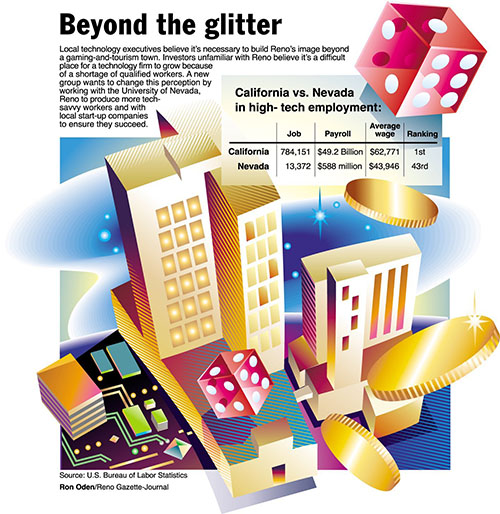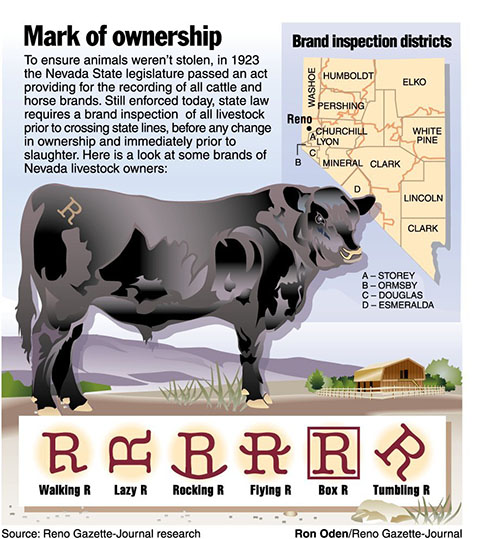Graphic Design
Nuts and bolts…
The word “graphics” has many broad and diverse definitions. The most successful and effective graphic design practices adhere to “The Principles and Elements of Design.” However, this is not commonly known since the principles are no longer emphasized in school as they commonly once were. In fact, many design professors actively reject the notion and validity of such principles.
These rules of design are however useful guides that tell you how to use graphic elements and where to locate their placement on a page or space. This is a very important topic for artists, as well as for anyone interested in learning the nuts and bolts of applying great graphic design to their projects. For my whole career, I have put these valuable principles to use. If you are interested in knowing more abut this topic, I would encourage you do an online search.
The graphics on this page range from simple logos to detailed, layered science graphics such as the kind which might accompany stories and reports of a technical nature. Informational graphics are an effective way to visually explain and simplify otherwise complicated topics in an orderly, simpler narrative. Many of the informational graphics displayed here were created during my time working at the Reno Gazette-Journal. Creation and development of an informational graphic involves generating conceptual sketches, researching a topic, possible interviews of information sources and contacts, generation of computer art, sometimes combined with traditional art creation, digital production, proofing and editing.
In the graphics displayed here, you will note a wide variety of styles and techniques. Like people, graphic styles are diverse, and reflect their personality and nature. Effective graphic design begins with research and an effort to comprehend and understand a subject, topic, person or thing. In most all effective graphic design work a primary objective is to display material in a clear, orderly and organized presentation. Proper placement of elements, color choices and layout are important considerations. Display headlines should peg to and reflect what the subject is about, and reflect the subject’s personality and character. The degree of formality or informality is an important consideration. In the practice of effective graphic design, each and every aspect of design and design elements are evaluated for importance and consideration, and there is no place for extraneous things which may be included arbitrarily, and without purpose. In short, the rule should be that anything which is present and without a purpose, should be removed. These are some of the practices and considerations in Graphic Design.





















